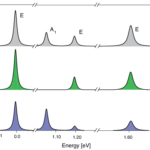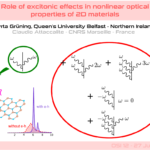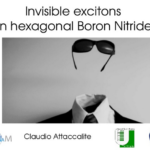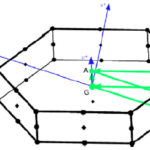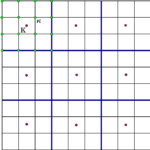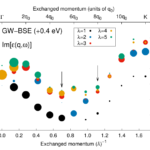OPTEL2D: Opto-electronic properties of 2D Transition Metal Dichalcogenides with DFT and post-DFT simulations

Our Prace research project OPTEL2D “Opto-electronic properties of 2D Transition Metal Dichalcogenides with DFT and post-DFT simulations” has been accepted, and we got 49.5 million core hours on Marconi – KNL. Here the project description: “Two-dimensional (2D) and layered materials possess novel combinations of electronic and optical properties and thus present a unique… Read More

